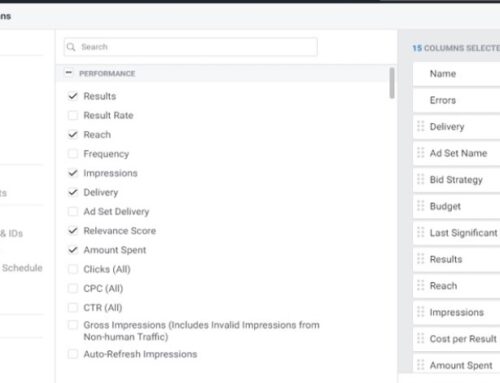Decoding the Model
Many of you have probably heard of this concept; it is called the Fogg’s Behavior Model. This model was created by Stanford research scientist, B.J. Fogg. It is the formula that determines human behavior. It is so widely known and accepted that it has been used at many successful businesses and institutions. This is a simple model that explains human behavior.
The primary goal of search advertising (or any advertising) is to influence behavior. We want customers (or potential customers) to take the desired action in your business. It is then paramount to understand this concept in-depth. Today we will decode this model and show how it may be behind every successful advertisement.
B = MAP
Fogg’s Behavior Model indicates that 2 elements must converge at the same moment for a behavior to occur: Motivation (M) and Ability (A). When there is a Prompt (P), then M and A will determine if the person takes an action. When a behavior does not occur, at least one of those three elements is missing.
For example, if the pizza delivery man rings your doorbell (Prompt), and you just ordered it 30 minutes ago. Your motivation (M) is probably high because you are hungry. And the ability (A) is very low (opening the door).
Therefore, the action will be taken.
Let’s reverse this and say you are attending a function event for your mother’s company. Your motivation is low because you probably don’t know anyone there, they are a different age group, and the event is 5 hours long. So your evening is completely gone. And before the event, you have to sign up this lengthy 2-page form to indicate your attendance and has a survey behind.
Now the motivation is low (you don’t know anyone there) and ability is somewhere low (long sign-up process + 5 hours of your personal time).
The action is unlikely to be taken.

As you see from the graph shown above, Motivation is on the Y-axis and Ability on the X-axis. The green curve that cuts across the graph is the point of action taken. Whenever Motivation and Ability meet on the graph, the desired action is taken. In advertising, the green curve can be considered as the point of conversion. It is when the user takes the action that you want them to take. When a user takes the action you want them to take, it becomes a conversion.
Knowing it is not enough if we don’t know how to work with it. Let’s add some things to the graph.
Is your customer likely to take an action?

Now compare this graph to the 2 scenarios explained above, you can see the formula of getting action from your customers. When an action is not taken after a Prompt (in this case your ad), either Motivation is not high enough, or Ability to do is not easy enough.
This is why when you watch Youtube, the ads immediately start with something like “Give me 30 seconds and I will show you how…”
The advertiser is operating on an audience with largely low motivation, hence he compensates it with high ability to do. This advertiser knows this fact. The reason why is that Youtube ads are under interruptive advertising, where the user is not actively looking for your product and just wants to see the video. But explaining this concept in-depth is for another day.
In search ads, motivation is usually higher
In search advertising, the user Motivation is usually in the higher end. Knowing this, you still want to make the Ability to do it easier. If you have a 2-page form, cut the fat and make it 1. If you have a 1-page form, see if you can reduce it to a few questions. Do you really need to collect emails? Or just their mobile number? Do you really need them to complete this survey? If yes, why? If no, remove it.
The more barriers you have to converting, the less likely they will do it. Unless your business generates some unusually high motivation in your customers, it is best to keep it short.
Make sure every element toward the conversion is crucial and as straight-forward as possible. Users do not have long attention spans on the internet, even though we rarely deal with users with low motivation in search advertising. When users are looking for a product or service, make it easy for them to convert.





